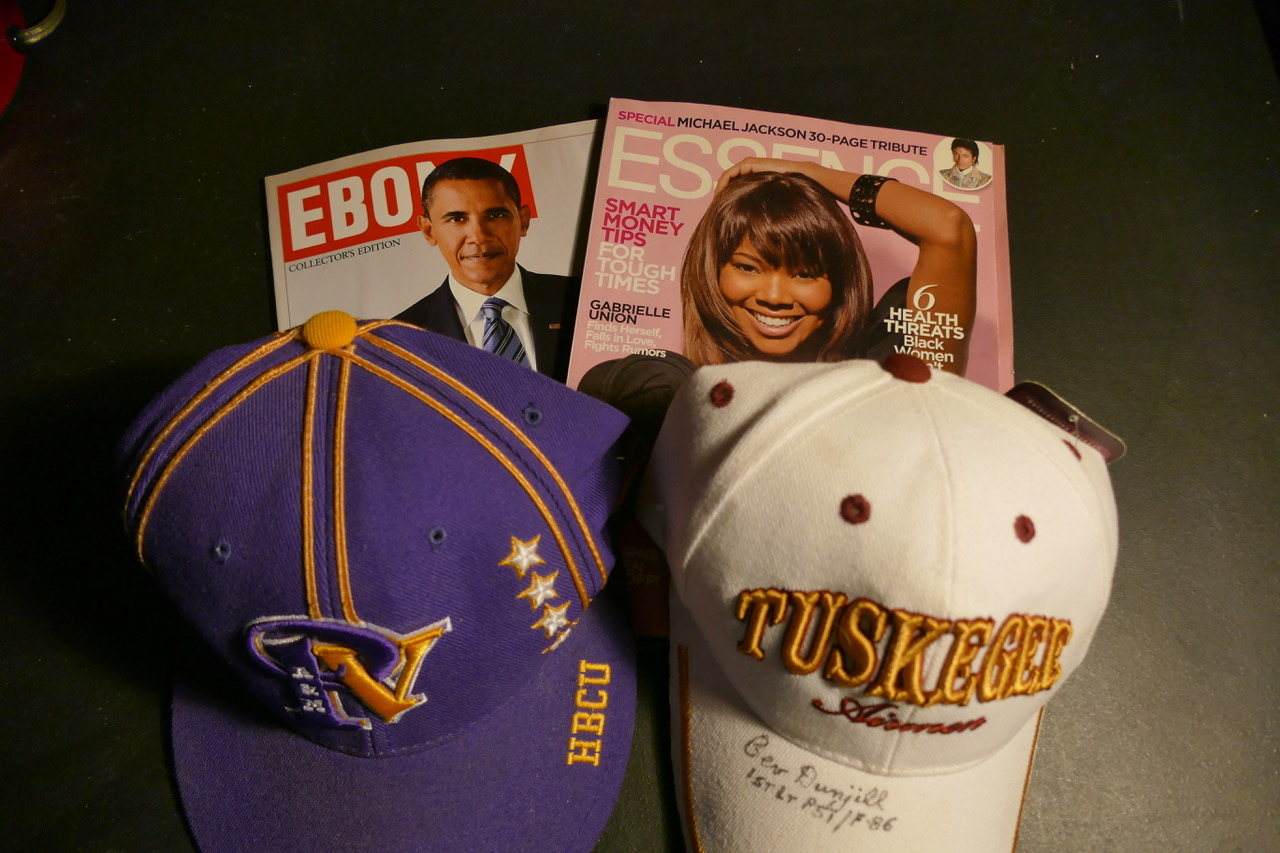As Black History Month arrives once more, my thoughts turn to the word “inclusion”. I love that marketers have embraced it alongside the word “diversity.” Inclusion means marketers need to make a stronger effort than just displaying a person of color within an ad. Inclusion is an indicator that marketers must develop genuine cultural appeals when creating a customer experience. With the way digital marketing is shifting, embracing cultural concerns is quickly becoming a strategic branding tactic as well as a social statement.
Why is culture a factor? For starters, the drumbeat of cultural marketing appeals has been sounding for some time. Magazines that reflect African American lifestyle and interests arrived at the dawn of a burgeoning Black middle class — from 1971 to 2015 according to Pew Institute. I remember Essence, Jet, Black Enterprise, and Ebony magazines growing up, and certainly know many people who had a subscription in their home. These, along with syndicated television programs such as Soul Train, introduced advertisers to the purchase interests of Black households — for many marketers this was a discovery. The ads for Black media demonstrated early stages of conscious consumerism – consumers purchasing products and services that reflect their values and support their interests.
Today, conscious consumerism is a part of many consumer considerations – choosing environmental-friendly product, or services that support a specific cause. Culture has become a mainstream marketing consideration, a response to the growing population diversity in the United States. As a result African American consumers have attracted larger mainstream media attention for advertising (thanks to the rise of digital marketing) and more inclusion in mainstream entertainment.
Marketers have discovered segments within the African American market. The consumer preferences of Black women, for example, are driving total Black spending power toward a record $1.5 trillion by 2021, according to African-American Women: Our Science, Her Magic. The driver behind the trend: Black women see a strong trendsetter image within themselves, creating a marketing opportunity for establishing a product or services as trendy among Black women early adopters. Nielsen’s conclusions dovetail with a earlier research on African American consumers; These trends have existed for a long time.
Preferences among other US ethnic consumers are being highlighted as well. When Nielsen announcing a report on Latinx consumers at the Latin Grammies, Nielsen detailed how U.S. Hispanics see music as a primary vehicle for expressing themselves and their culture, and how these sentiments influence purchasing and listening habits. It was icing on the cake to launch the report during the Latin Grammies, a hallmark music awards show for Latin performers.
Another influence on why cultural inclusion has become a factor lies in how the technical mechanism for identifying customer segments in digital analytics is evolving. When I started in analytics ten years ago, customer segments had to be inferred from analytics tags and cookie-provided metrics. For example, if website traffic arrived from China, analysts would have to apply their personal domain knowledge of the region to apply cultural assumptions.
Today, many data fields incorporate values associated with interests and behavior, encouraging analysts to have shared discussions about assumptions, and be visionary about how cultural behaviors and concerns are detailed digitally in advanced model.
Raised awareness also leads to deeper sophistication about how statistics, cultural behavior, and concerns come together. Geographic intelligence, for example, can be applied to decide where to best approach consumers, businesses, and organizations. It can address statistical variance within an audience by location. 13 percent of the U.S. population is African American, but the percentage of African Americans living in a state and in metropolitan areas varies by region. So a marketer should plan geo-spatial models to determine where to accurate direct budget spend for media campaigns.
Despite better tools, marketers can still strike a culturally insensitive chord. Last fall CNN Business reported how Dolce & Gabbana faced heavy criticism in China when it launched video ads featuring a Chinese woman struggling to eat pizza and other Italian food with chopsticks. The major digital platforms began removing Dolce & Gabbana products from their websites and apps in protest of what the Italian luxury goods maker implied negatively about Chinese consumers.
Ultimately marketers and analysts should approach cultural perspectives as hypotheses to be tested, not as absolute dogma. A hypothesis encourages exploration of the right opportunities to appeal to a market. Overreaching into a market with cultural gaffes can now scale quickly into a problem, given the dynamics of social media. Moreover, sought loyalty can be lost if brands are not doing enough to respond, (as the Nielsen study also noted).
But sophisticated social media use, especially through savvy association with influencers, can also be valuable. Many influencers on all kinds of topics attract varied audiences, including millennials, Hispanic, and African American consumers. Incorporating cosmopolitan influencers to assist with creating culturally-appropriate content can strengthen brand messages while avoiding social gaffes.
I admire brand managers dedicated to understanding their customers, but I especially admire the ones who see culture as an essential element to that understanding. The effort to infuse cultural awareness will go a long way to building a relationship with diverse customers. In ethical terms the effort reminds business leaders at all levels that their societal roles are always being included.








